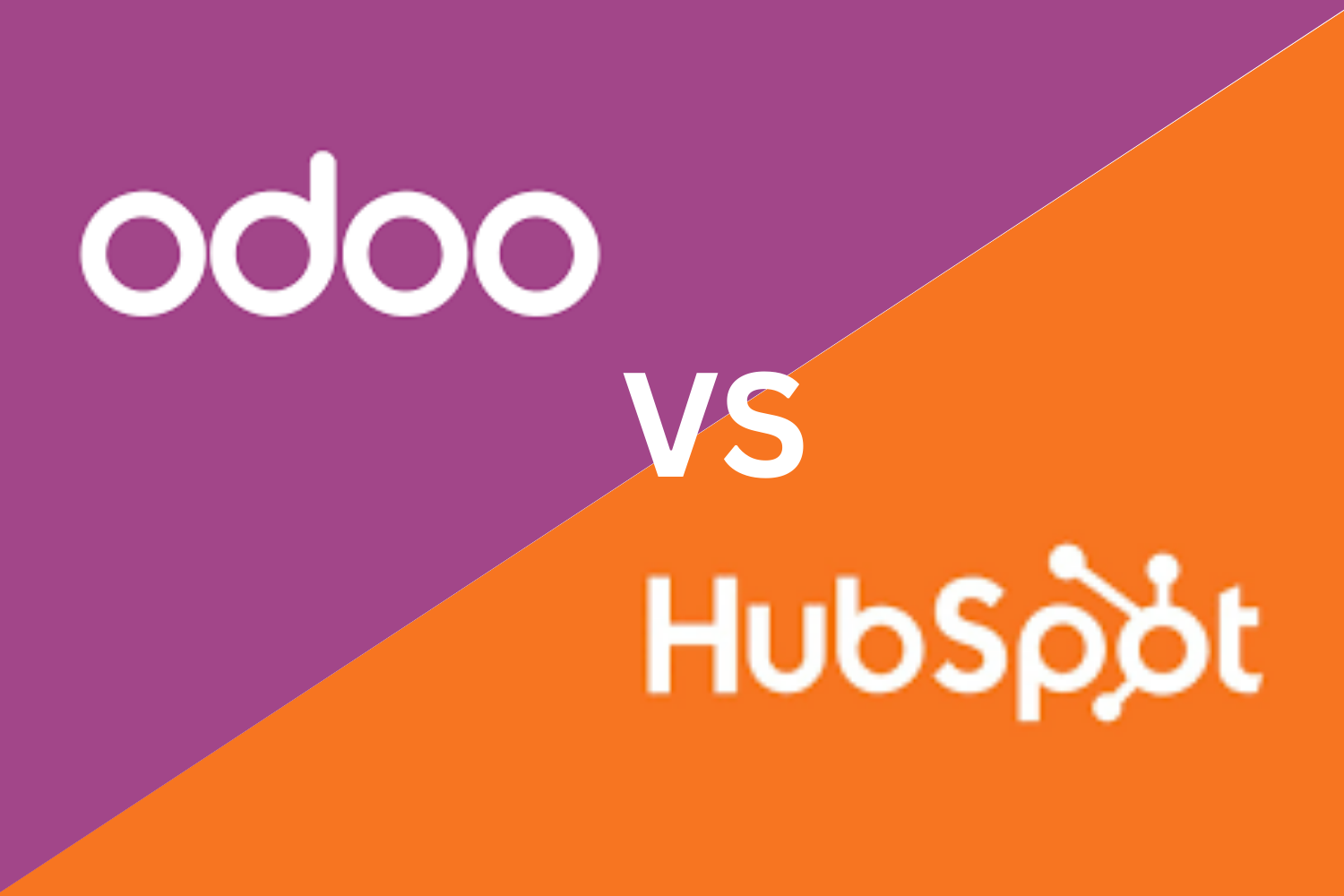ERP and WMS are software tools used to manage business operations. ERP stands for Enterprise Resource Planning. WMS stands for Warehouse Management System. Both systems help companies manage resources, inventory, and processes, but they serve different purposes.
ERP covers the entire business. It helps manage finance, sales, procurement, human resources, and more. WMS focuses only on warehouse activities like stock movement, picking, packing, and shipping.
Many businesses think ERP and WMS are the same. This confusion often leads to choosing the wrong system. Knowing the difference helps you make better decisions, improve operations, and avoid extra costs.
In this guide, we explain what ERP and WMS are, how they work, and how using them together can improve business performance.
If you’re a small business, you don’t need both systems. You need an all-in-one platform like ArmPOS. It helps you manage your warehouse and the rest of your business in one place, from multiple devices at the same time. ArmPOS also offers a free trial so you can try it before making the switch.
What Is ERP?
ERP stands for Enterprise Resource Planning. It is software used to manage the core parts of a business in one system. This includes accounting, inventory, sales, procurement, customer records, and human resources.
ERP connects data from different departments. This gives you a full view of business performance in real time. Instead of using separate tools for each task, ERP helps teams work from a shared system.
Most companies use ERP to reduce manual work, track inventory, control spending, and improve decision-making. It is useful for growing businesses that want to organize their operations better.
What Is WMS?
WMS stands for Warehouse Management System. It is software used to control daily warehouse operations. This includes receiving goods, tracking inventory, picking, packing, and shipping orders.
WMS helps manage stock movement inside the warehouse. It uses tools like barcode scanning, batch tracking, and real-time location updates. This improves accuracy and reduces delays.
Businesses use WMS to speed up order processing, reduce errors, and improve stock visibility. It is best for companies that handle large volumes of inventory and need full control over warehouse tasks.
ERP vs. WMS: Key Differences
ERP and WMS are both business tools, but they do different jobs.
ERP is used to manage the full business, finance, sales, HR, inventory, and more.
WMS is used only to manage warehouse operations—stock movement, picking, packing, and shipping.
Here is a quick comparison:
| Feature | ERP | WMS |
| Focus | Entire business operations | Warehouse operations only |
| Main Functions | Finance, HR, sales, inventory, reports | Stock control, order fulfillment, tracking |
| Real-Time Stock Tracking | Basic or limited | Advanced and real-time |
| User Type | Managers, accountants, sales teams | Warehouse staff, logistics teams |
| Setup | Broader setup with more modules | Focused setup for warehouse use |
Use ERP if you want to run the full business from one system. Use WMS if you only need to manage inventory and warehouse tasks in detail. Some businesses use both, depending on size and operations.
Can ERP Replace WMS?
In some cases, yes. ERP can replace WMS if the warehouse processes are simple and don’t need detailed tracking. Many ERP systems have basic inventory manageent features that can handle receiving, stock levels, and simple order fulfillment.
But for businesses with high stock movement, multiple warehouses, or complex logistics, ERP is not enough. WMS offers more control. It handles barcode scanning, picking paths, batch tracking, and real-time location updates—features most ERP systems lack.
If your business is small or just starting out, an all-in-one ERP with basic warehouse tools might work. If your warehouse needs more speed and accuracy, a separate WMS is better.
Some businesses use both. They connect WMS to ERP for full visibility across operations.
Benefits of Using ERP and WMS Together
Using ERP and WMS together helps you manage the full business and warehouse in one flow. ERP handles sales, finance, and purchasing. WMS controls inventory movement, picking, and order packing.
When both systems work together:
- You get real-time updates on stock, orders, and financials
- Warehouse teams work faster with fewer errors
- Sales and customer service teams see what is in stock
- Managers make better decisions using accurate data
- You reduce stockouts and improve order delivery time
This setup works best for growing businesses with high stock movement, multiple locations, or online orders. It connects your warehouse with the rest of your business in a simple, organized way.
Choosing the Right Software
Before picking ERP or WMS, look at what your business needs. Some businesses only need one system. Others need both.
Here are key things to check:
- Business size – Small businesses may start with ERP that includes basic inventory tools
- Stock movement – If your warehouse moves a lot of stock daily, WMS is more helpful
- Number of locations – More warehouses need better tracking, which WMS offers
- Budget – ERP with built-in warehouse features can be cheaper than buying two systems
- Team use – Choose software your team can learn and use easily
- Device access – Go for cloud systems that work on phones, tablets, and desktops
For small to medium businesses, an all-in-one tool like ArmPOS is a smart choice. It handles both ERP and WMS tasks from one dashboard and works on multiple devices. You can try it for free and decide before switching fully.
Conclusion
ERP and WMS are tools that help you manage your business and warehouse. ERP handles finance, sales, and operations. WMS handles stock control and warehouse tasks.
You don’t always need both. Small businesses can start with one system that covers key needs. Larger businesses may need both, connected for full control.
Choosing the right tool saves time, cuts costs, and helps your team work better. Know your needs, compare options, and pick what works best for your size and workflow.
If you want a simple way to manage both business and warehouse in one place, try an all-in-one platform like ArmPOS. It works on any device and comes with a free trial to test before you switch.





